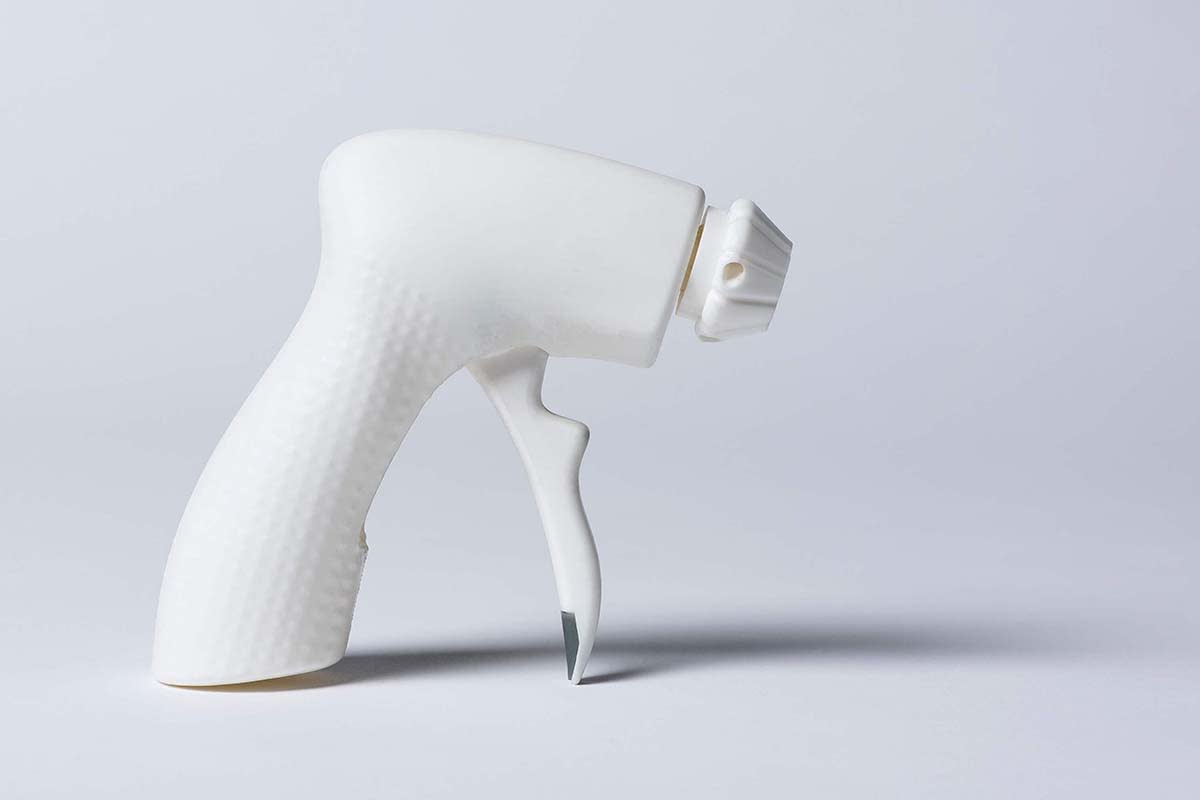So where do you begin? If digital manufacturing is being sought after but the entry point is uncertain, start by disassembling your device into its components and ask yourself:
- Which parts change the most often and give your product its new features over Version 1.0?
- Which could be consolidated from multiple components into one
- Which could have new functionalities and capabilities from a total redesign, even if that design is un-moldable
Now take the rest. The parts that fall outside of the above criteria will be most economical with their current manufacturing method. The financial and manufacturing economics you can achieve by continuing to machine or injection mold those designs are because they lend themselves to that method. Just like there is a medical device for every condition, there is a manufacturing method for every component. If you are finding designs that answer any of the three above questions, now is the time to look to digital manufacturing.
WHEN DIGITAL MANUFACTURING MAKES SENSE
Let’s take a single use laparoscopic handle as an example. On average these devices are comprised of 20-30 distinct components, of which upwards of 75% will stay consistent from one generation of this device to the next. Throughout this product design’s life cycle, with all the versions that are being brought to market, there could be millions of those components being made. Continue to injection mold or machine those! The cost efficiencies achieved with that type of volume over time will make the financial and time investment in making the tool worthwhile.

But what about the other 25% of this product? Usually those 5-10 parts are those that give this device the new features or additional functions compared to previous versions. These parts provide incremental value and trigger qualification of the device as ‘Version 2.0.’ These components enhance the performance of the device and provide a new value proposition for the surgeon, hospital and patient.
Ideally, medical device manufacturers would have the freedom to iterate quickly on these components with ultimate design freedom, thereby answering the question, “What could we heal if design was limitless?” These are the type of parts that are optimized for digital manufacturing. With the mechanical properties and material choices available on the Carbon Platform, these additively manufactured parts can be mated with injection molded designs without concern for mechanical failure, biocompatibility compromises, or sterilization issues.

The laparoscopic handle you see above uses Carbon Multi-purpose Polyurethane (MPU 100) material, which is biocompatible through USP Class VI and compatible with cold sterilization techniques, making it ideally suited for use in single use disposable instrumentation, short term mucosal contact items (cutting guides and splints), and long-term dermal contact devices (imaging probes, prosthetics, diagnostic cradles). With this agile innovation and hybrid manufacturing approach, you no longer have to keep your injection mold for the next twenty years in a warehouse for a part that had a brief role in the total product lifecycle.
Our healthcare partners use this to their advantage every day by iterating on multiple designs at the same time, locking future device versions ready for market before Version 2.0 is even released. And with the flexibility to design on the means of production with end use parts, the same tool that was used for discovery becomes the manufacturing method. Innovation is compressed; time to market is shortened; and revenue generation can be realized sooner. See how S4 Medical through Resolution Medical is doing so here.
To learn more about other healthcare projects we are unlocking at Carbon, email us at lifesciences@carbon3d.com and join us every Monday for more #MedDeviceMonday.

